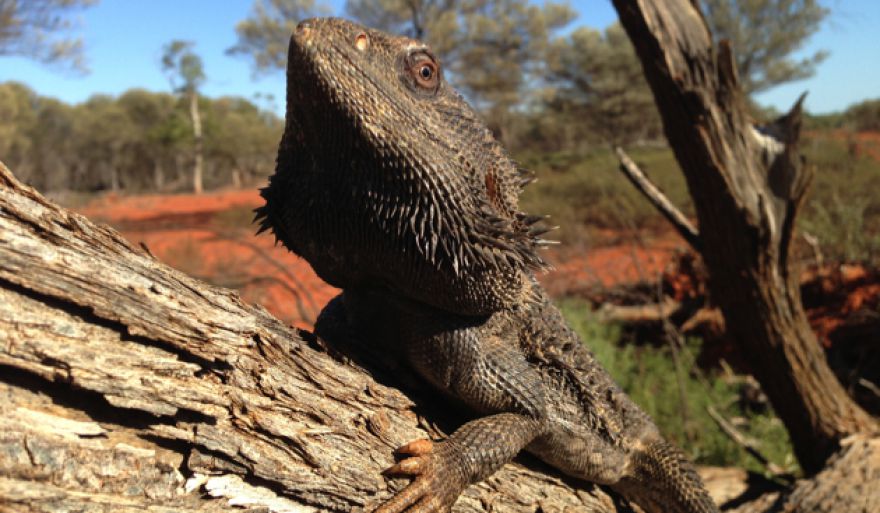It's the first evidence that an egg's temperature during incubation can cause the developing lizards to change gender in the wild.
The researchers spotted this peculiar behaviour by studying the lizards' sex chromosomes - the thread-like packages of DNA that determine an organism's sex.
In bearded dragons, females have a Z and a W sex chromosome, whereas males have two Z chromosomes. However, the scientists found that nearly 20 per cent of the ZZ lizards sampled in the wild were outwardly female.
“By breeding the sex-reversed females with normal males, we could establish new breeding lines in which temperature alone determined sex," says Holleley. "In doing so, we discovered that these lizards could trigger a rapid transition from a genetically-dependent system to a temperature-dependent system.”
What's more, the females who were genetically male were more fertile than the 'normal' mothers, laying more eggs.
Further research will help scientists to pin down exactly how climate can affect biology and sex.
“The mechanisms that determine sex have a profound impact on the evolution and persistence of all sexually reproducing species,” says Prof Arthur Georges, who was also involved in the study. “The more we learn about them, the better equipped we’ll be to predict evolutionary responses to climate change and the impact this can have on biodiversity globally.”
By Afsaneh Khetrapal









